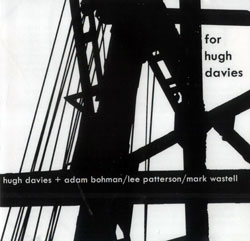
Recordings from early DIY electroacoustic improviser and instrument inventor, the late Hugh Davies, accompanied in live performance by Adam Bohman, Lee Patterson, and Mark Wastell.
Out of Stock
Quantity in Basket: None
Log In to use our Wish List
Shipping Weight: 6.00 units
Sample The Album:
Hugh Davies-invented instruments
Adam Bohman-prepared balalaika, amplified objects
Lee Patterson-amplified objects
Mark Wastell-cello
Click an artist name above to see in-stock items for that artist.
UPC: 5024545522723
Label: Another Timbre
Catalog ID: at11
Squidco Product Code: 10203
Format: CD
Condition: New
Released: 2008
Country: UK
Packaging: Jewel Tray
Recorded at The Church of St. James the Great, Friern Barnet, North London on January 14, 2008.
"The 'for hugh davies' project was a unique way of paying homage to and celebrating the remarkable music of Hugh Davies. The resulting cd was recorded almost three years to the day after his death in January 2005, and was released in July 2008. Hugh Davies was one of that outstanding first generation of European improvisers who emerged in the mid-1960's. He played in the Music Improvisation Company (along with Derek Bailey, Evan Parker and Jamie Muir), and was a founder-member of the legendary ensemble Gentle Fire, a group who - years ahead of their time - used live electronics and improvisational elements to interpret radical scores by composers such as John Cage and Christian Wolff.
From 1964-66 Hugh worked as an assistant to Karlheinz Stockhausen, during the latter's most radical and fruitful period as a composer. Hugh assisted on the production of Mikrophonie I, a stunning work based on the amplification of sounds produced on a large tam-tam as it is brushed, struck or stroked by a variety of different objects and materials. In a sense Hugh's music over the next 40 years was a deepening exploration of the soundworld opened up by Mikrophonie I, again usually using metal objects as a sound source, though far smaller ones than Stockhausen's giant tam-tam. Employing what he described as a "do-it-yourself approach to music", Hugh built instruments from everyday objects such as springs, egg-slicers and fretsaw blades. These were rubbed, scratched, beaten or blown, and the resulting small sounds were amplified. Although thought of as a pioneer of the use of live electronics in improvisation, the only 'electronics' involved in the vast majority of his instruments was amplification.
Hugh continued to refine and develop this soundworld both in his compositions for tape (collected on the cd Tapestries on the Ants label) and in his improvisations with a wide range of fellow musicians. He particularly liked playing with other instrument builders (Max Eastley, Hans-Karsten Raecke), but also had long and fruitful collaborations with a number of instrumental improvisers with whom he felt an affinity (John Russell, Roger Turner, David Toop, Phil Minton, Evan Parker).
for hugh davies uses a number of previously unpublished solo improvisations by Hugh dating from the 1970's. At the recording session these improvisations were played back to three musicians who have been deeply influenced by his work: Mark Wastell, Adam Bohman and Lee Patterson. The musicians improvised alongside Hugh's recordings, producing an unusual improvisational situation in which one of the voices was fixed and unable to respond to the playing of the others. The musicians had been given copies of Hugh's pieces three months in advance of the session, but in fact none of them chose to listen to them more than three times, as they wanted to leave plenty of room for spontaneity. Silences were inserted into some of the original recordings in order to give the musicians more space to develop their own sounds.
In the recording Mark Wastell plays cello - the instrument with which he emerged as an improviser in the 1990's, but which he has since largely abandoned. He chose to play it here because it was the instrument he'd used on the dozen occasions that he performed with Hugh. Adam Bohman and Lee Patterson worked from tables full of amplified objects similar to those that Hugh employed in his self-built instruments. Both acknowledge Hugh as a major influence, though Adam only played with him on a handful of occasions. Lee never played with Hugh, and the one time they 'met' at a conference, Lee was too awestruck to actually speak to him.
Ten pieces were recorded of which six have been selected, including two very different responses to Hugh's 'Music for Bowed Diaphragms'. On the final track the musicians improvise unaccompanied by Hugh's recordings as a joint homage to his memory."-Another Timbre
This CD is being released accompanied by the CDR Performances 1969 - 1977 (Another Timbre at-r01).
Artist Biographies
• Show Bio for Hugh Davies "Hugh Seymour Davies (23 April 1943 - 1 January 2005) was a musicologist, composer, and inventor of experimental musical instruments. Davies was born in Exmouth, Devon, England. After attending Westminster School, he studied music at Worcester College, Oxford from 1961 to 1964. Shortly after he travelled to Cologne, Germany to work for Karlheinz Stockhausen as his personal assistant. For two years, he assembled and documented material for Stockhausen's compositions and was a member of his live ensemble. From 1968 to 1971 Davies played in The Music Improvisation Company. The group's guitarist Derek Bailey later wrote that "the live electronics served to extend the music both forwards and backwards (...) Davies helped to loosen what had been, until his arrival, a perhaps too rarified approach". He was also a member of the group Gentle Fire, active from 1968 to 1975, which specialised in the realisation of indeterminate and mobile scores, as well as verbally formulated intuitive-music compositions (such as Stockhausen's Aus den sieben Tagen) and in the performance of its own Group Compositions. Davies invented musical instruments that he constructed from household items. Among them was the shozyg, a generic name he used for any instrument housed inside an unusual container. The name is derived from the first of such instruments, which was housed inside the final volume of an encyclopaedia (covering the subjects from SHO- to ZYG-). From the 1960s onwards Davies made very significant contributions to the documentation of electronic music history, and in 1968 published a catalogue in which he listed - ostensibly - all the works of electronic music ever composed worldwide. It has been argued that, through his research and documentation, Davies characterised electronic music for the first time as a truly international, interdisciplinary field. Davies was also a member of the Artist Placement Group during the mid-1970s. Davies was the founder and first Director of the Electronic Music Studios at Goldsmiths, University of London from 1968 to 1986 and was subsequently a researcher there until 1991. Davies had been a part-time Researcher and Lecturer in Sonic Art at the Centre for Electronic Arts, Middlesex University, London from 1999 until the end of his life." ^ Hide Bio for Hugh Davies • Show Bio for Adam Bohman "Adam Bohman has been operating on the outer fringes of underground music for decades. Working with home-built instruments, found objects, tape cut-ups, collages, ink drawings and graphic scores. Favouring acoustic sounds over electronics, he explores the minute tendrils of sounds coaxed from any number of non-musical instruments and objects. He is a member of British experimental groups, Morphogenesis, The Bohman Brothers, Secluded Bronte, and The London Improvisers Orchestra. Adam's music is unique and experimental, incorporating Fluxus japery, musique concrete, sound poetry and free improvisation." ^ Hide Bio for Adam Bohman • Show Bio for Mark Wastell "Mark Wastell Born 1968; cello. Much of Mark Wastell's relationship with his chosen instrument is concentrated on the tactile, textural and sonic possibilities of both violoncello and bow. He is increasingly interested in working with extreme elements drawn from frequency, timbre and pitch. His early activity was consciously and subconsciously influenced by a variety of improvising musicians including John Stevens, Barry Guy, Phil Durrant and John Russell. Subsequent exposure to contemporary composers lead to a greater understanding and appreciation of the works written for strings by Feldman, Cage, Nono, Lachenmann and Sciarrino. The use of live electronics and music concrete by Tudor, Parmegiani, Xenakis and others was another important early influence. Wastell's current instrumental material primarily focuses on using abstract principles of space and texture - encompassing elements of new London silence, pro-instrument minimalism, new complexity and electro-acoustics. Because of the very nature of his chosen instrument, he tends to favour 'chamber' style ensembles and is a member of a number of regular groups: Mark Wastell has also performed with many other leading musicians including John Zorn, Keith Rowe, Peter Kowald, Hugh Davies, Roger Turner, Veryan Weston, Lol Coxhill, Mark Sanders, Axel Dorner, Hans Koch, Phil Minton, Max Eastley and Steve Beresford. As a soloist he has played at the Micro-classical Festival (London 1996), LMC Festival (London 2000) and the Huddersfield Contemporary Music Festival (2000). He has travelled extensively with various groups, performing on tour and at festivals in the USA, France, Spain, Italy, Germany, Sweden, Denmark and Greece. Other work includes the launch in 1996 of his own record label, Confront Recordings. Wastell is also joint co-ordinator of the concert venue All Angels, together with Rhodri Davies." ^ Hide Bio for Mark Wastell
4/2/2025
Have a better biography or biography source? Please Contact Us so that we can update this biography.
4/2/2025
Have a better biography or biography source? Please Contact Us so that we can update this biography.
• Derek Bailey's Company - with, for example, Will Gaines, Simon H. Fell and Rhodri Davies
• Evan Parker's String Project, with Peter Cusack, Hugh Davies, Rhodri Davies, Phil Durrant, John Edwards, Kaffe Matthews, Marcio Mattos, John Russell
• Assumed possibilities, with Chris Burn, Rhodri Davies and Phil Durrant
• The Sealed Knot, with Burkhard Beins and Rhodri Davies
• Necessaire with Alessandro Bosetti, Ignaz Schick and Burkhard Beins
• IST with Simon Fell and Rhodri Davies
• Quatuor Accorde with Tony Wren, Phil Durrant and Charlotte Hug
• Broken Concort, a duo with Rhodri Davies
4/2/2025
Have a better biography or biography source? Please Contact Us so that we can update this biography.
Track Listing:
1. 2 springs + 3 8:09
2. 3 springs + 3 14:54
3. invented instrument + 2 (HD + AB & LP) 11:08
4. bowed diaphragms + 1 (HD + MW) 7:07
5. bowed diaphragms + 3 8:30
6. for hugh davies (AB/LP/MW) 12:48
Improvised Music
Electro-Acoustic
Electro-Acoustic Improv
European Improvisation, Composition and Experimental Forms
London & UK Improv & Related Scenes
Free Improvisation
Quartet Recordings
Objects and Home-made Instruments
Instruments with Preparations
Search for other titles on the label:
Another Timbre.


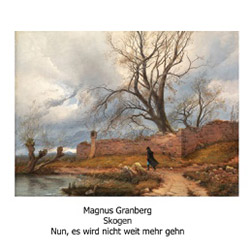
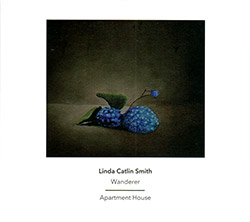







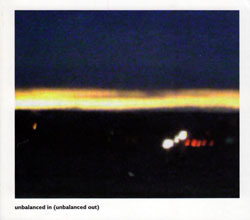
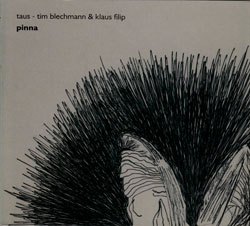
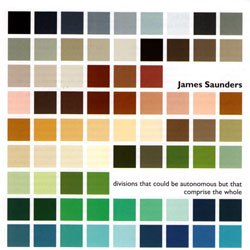
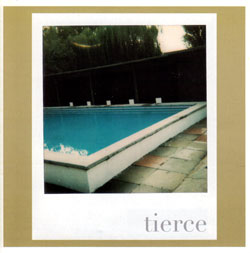
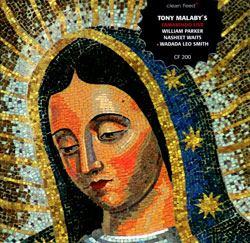
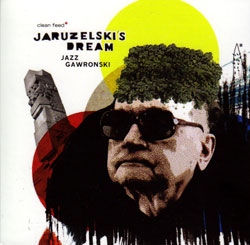
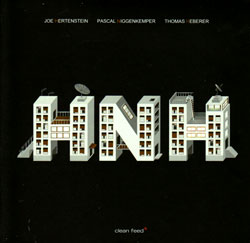
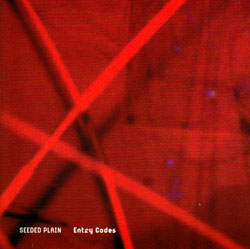
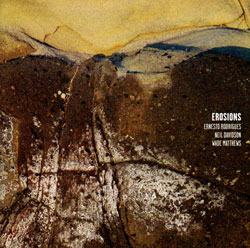
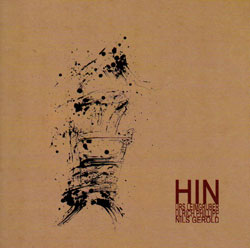
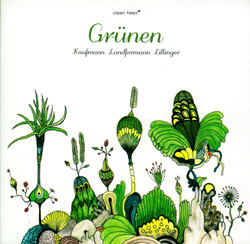
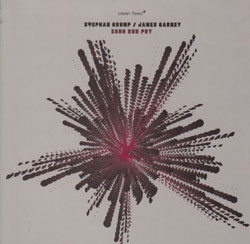
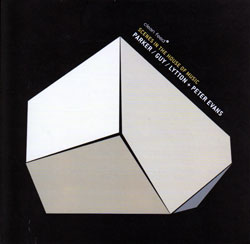
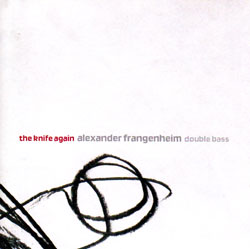
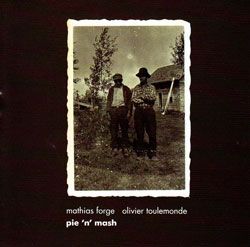
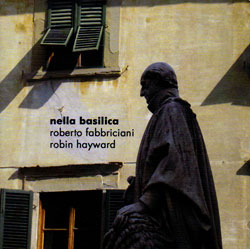

![Niblock, Phill / Anna Clementi / Thomas Stern: Zound Delta 2 [VINYL]](https://www.teuthida.com/productImages/misc4/34623.jpg)
![Yoko, Ono / The Great Learning Orchestra: Selected Recordings From Grapefruit [2 CDs]](https://www.teuthida.com/productImages/misc4/35841.jpg)
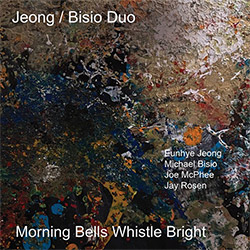
![Brotzmann, Peter / John Edwards / Steve Noble / Jason Adasiewicz: The Quartet [2 CDs]](https://www.teuthida.com/productImages/misc4/35975.jpg)
![Brotzmann, Peter / John Edwards / Steve Noble / Jason Adasiewicz: The Quartet [VINYL 2 LPs]](https://www.teuthida.com/productImages/misc4/35976.jpg)
![Thomas, Pat: The Solar Model of Ibn-Al Shatir [VINYL]](https://www.teuthida.com/productImages/misc4/36044.jpg)
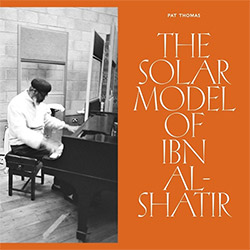

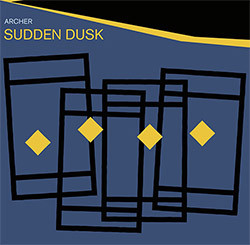

![Rodrigues, Ernesto / Nuno Torres / Guilherme Rodrigues: Whispers In The Moonlight - In Seven Movements [2CDs]](https://www.teuthida.com/productImages/misc4/35765.jpg)
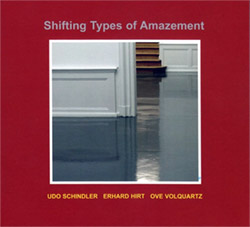

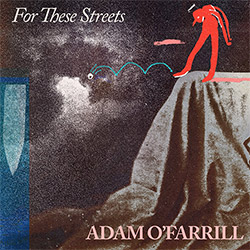
![Cocks, Laura: FATHM [VINYL]](https://www.teuthida.com/productImages/misc4/36055.jpg)
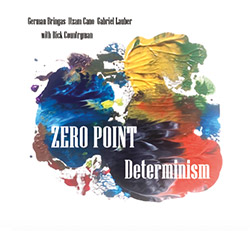
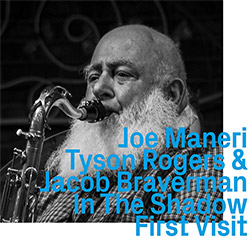
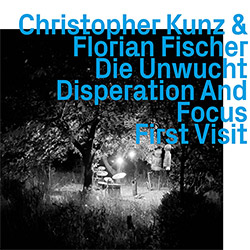
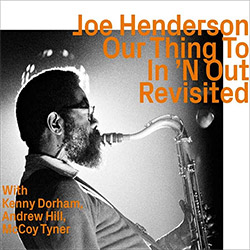

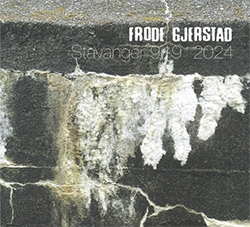
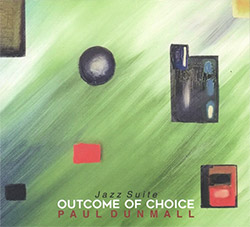
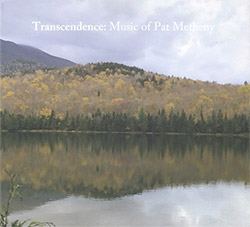
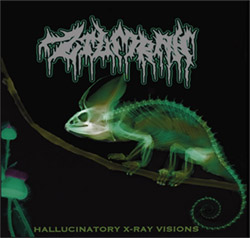
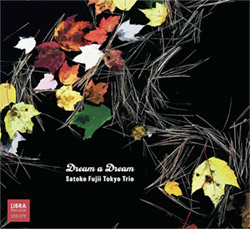
![Ackerley / Prymek / Turner: All Hope With Sleeping Minds [CASSETTE]](https://www.teuthida.com/productImages/misc4/35950.jpg)
![Myers, David Lee : Tin Drop Tear [BOOK w/ DOWNLOAD]](https://www.teuthida.com/productImages/misc4/36030.jpg)

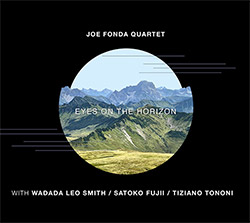
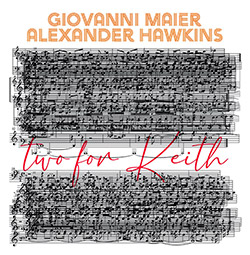
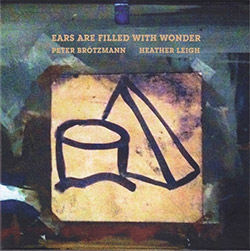
![Schindler, Udo / Sandy Ewen / Damon Smith: Munich Sound Studies Vols. 4, 5 & 6 [3 CDs]](https://www.teuthida.com/productImages/misc4/35966.jpg)
![Turbulence Orchestra & Sub-Units: Smear Out the Difficulties (Double Live) [2 CDs]](https://www.teuthida.com/productImages/misc4/36048.jpg)


![Perelman, Ivo / Tyshawn Sorey: Paralell Aesthetics [2 CDs]](https://www.teuthida.com/productImages/misc4/35871.jpg)
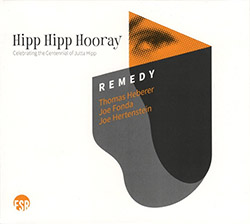

![Sjostrom, Harri: SoundScapes #4 Festival Berlin 2023 [3 CDs]](https://www.teuthida.com/productImages/misc4/35874.jpg)
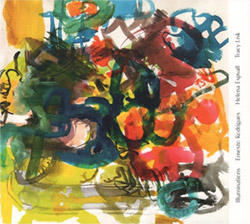


![Glenn, Jordan: Flustered [CASSETTE]](https://www.teuthida.com/productImages/misc4/35948.jpg)


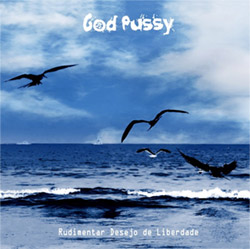

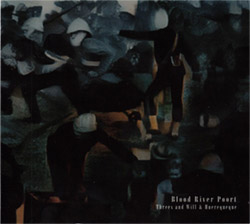
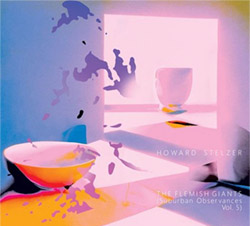
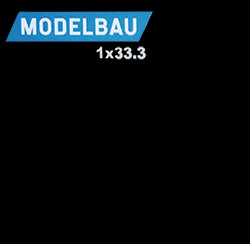
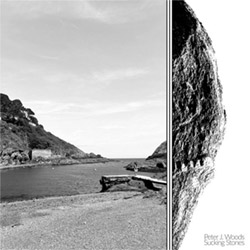
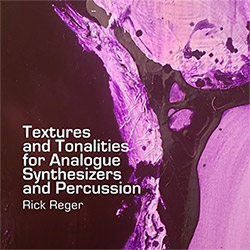

![Olencki, Weston : Pearls Ground Down To Powder [VINYL]](https://www.teuthida.com/productImages/misc4/35956.jpg)
![Myers, David Lee: Oculus [2CDs]](https://www.teuthida.com/productImages/misc4/35857.jpg)


![dustsceawung: dustsceawung [CASSETTE w/ Download]](https://www.teuthida.com/productImages/misc4/35753.jpg)
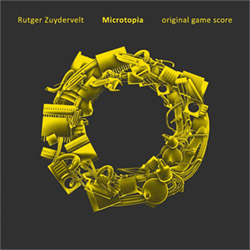



![Halls of the Machine: Atmospheres For Lovers And Sleepers [CASSETTE w/ DOWNLOAD]](https://www.teuthida.com/productImages/misc4/35806.jpg)
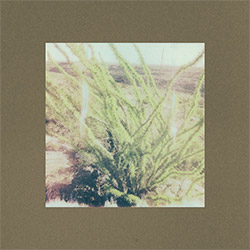
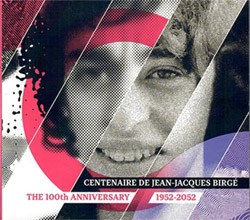
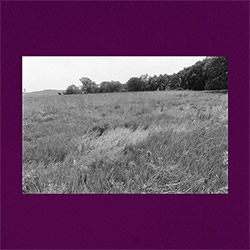
![AHC (Alexander Cooper): Lase [2 CDs]](https://www.teuthida.com/productImages/misc4/35754.jpg)



![Fagaschinski, Kai / Yan Jun : Graveyard Processions [VINYL w/ DOWNLOAD]](https://www.teuthida.com/productImages/misc4/35474.jpg)









![Zorn, John / JACK Quartet: The Complete String Quartets [2 CDs]](https://www.teuthida.com/productImages/misc4/35609.jpg)

![Lonsdale, Eden: Dawnings [2 CDs]](https://www.teuthida.com/productImages/misc4/35480.jpg)







![Sanna, Claudio: Compositori Sardi Contemporanei II [2 CDs]](https://www.teuthida.com/productImages/misc4/35317.jpg)







![Zurria, Manuel: Fame di Vento [3 CDs]](https://www.teuthida.com/productImages/misc4/35167.jpg)


![Electric Bird Noise / Derek Roddy: 8-10-22 [CD EP]](https://www.teuthida.com/productImages/misc4/35970.jpg)








![Elephant9 : Mythical River [VINYL]](https://www.teuthida.com/productImages/misc4/34624.jpg)



![Elephant9 with Terje Rypdal: Catching Fire [VINYL 2 LPs]](https://www.teuthida.com/productImages/misc4/35355.jpg)
![Deerlady (Obomsawin, Mali / Magdalena Abrego): Greatest Hits [VINYL]](https://www.teuthida.com/productImages/misc4/34876.jpg)







![Surplus 1980: Illusion of Consistency [CD]](https://www.teuthida.com/productImages/misc4/35069.jpg)
![Staiano, Moe: Away Towards the Light [VINYL + DOWNLOAD]](https://www.teuthida.com/productImages/misc4/35037.jpg)



![Caveira (Gomes / Sousa / Abras / Ferrandini): Ficar Vivo [VINYL]](https://www.teuthida.com/productImages/misc4/34643.jpg)
![Coley, Byron: Dating Tips for Touring Bands [VINYL]](https://www.teuthida.com/productImages/misc4/17906.jpg)

![Lost Kisses: My Life is Sad & Funny [DVD]](https://www.teuthida.com/productImages/misc4/lostKissesDVD.jpg)